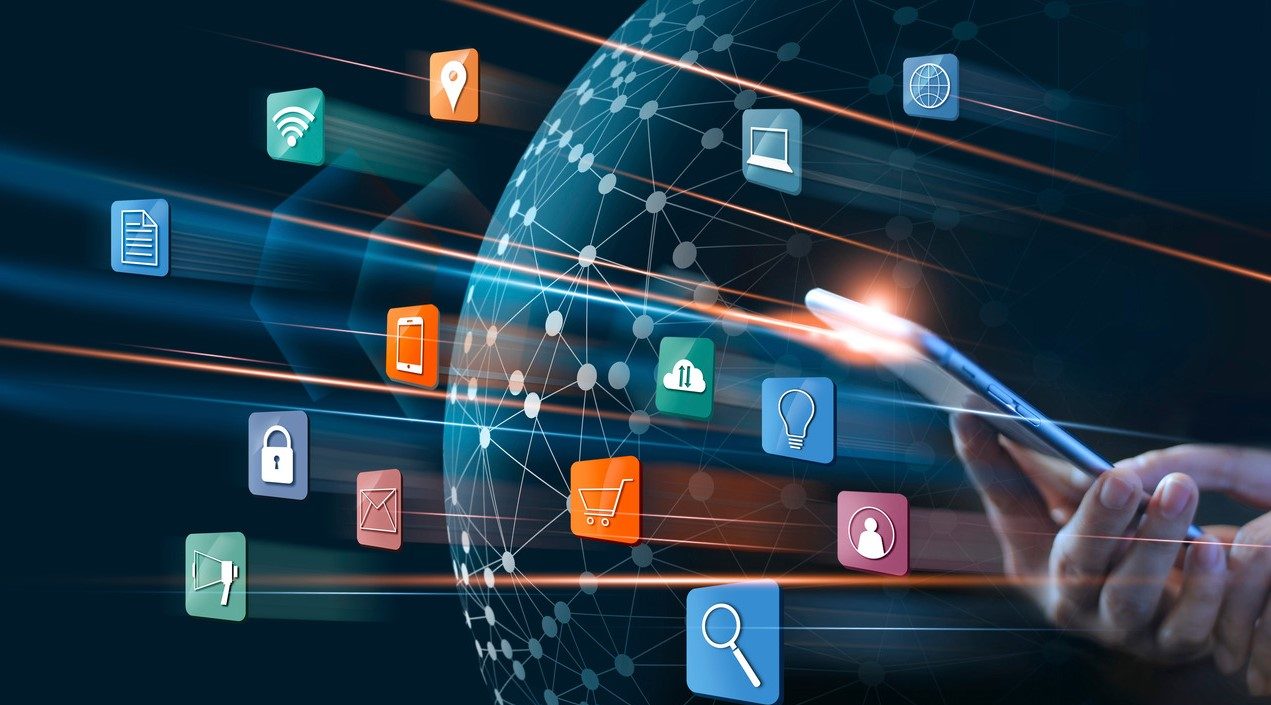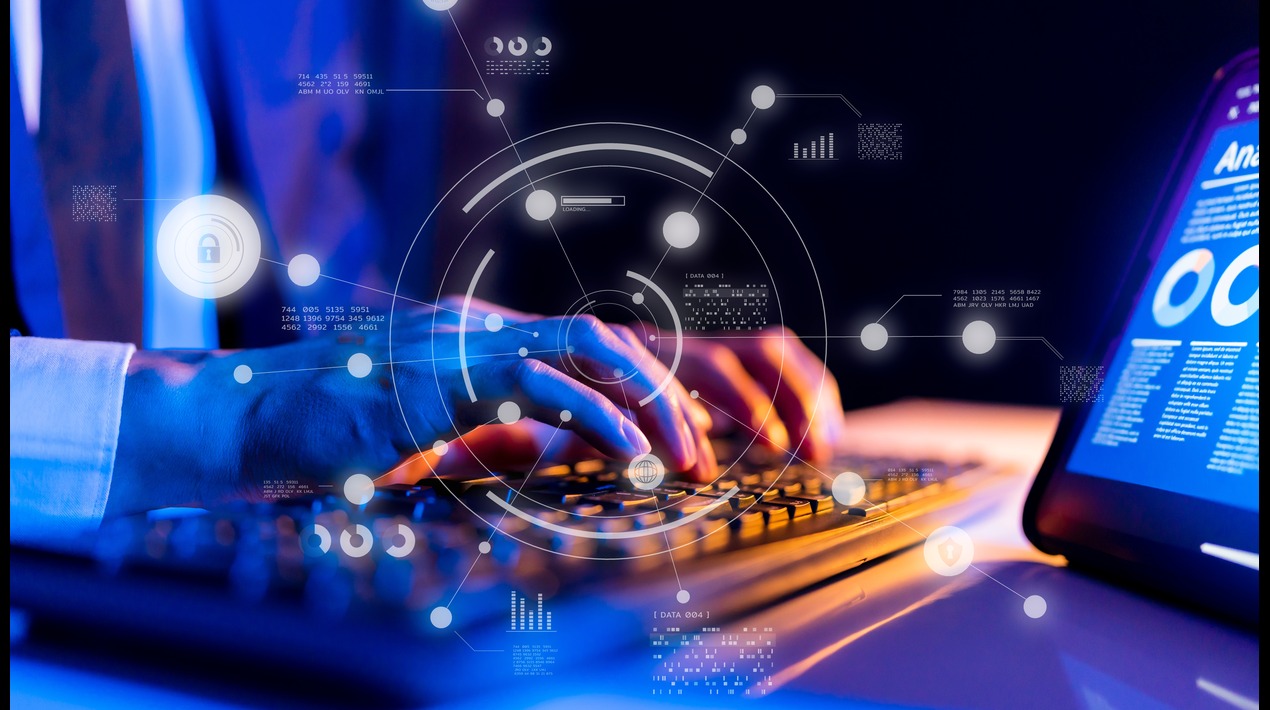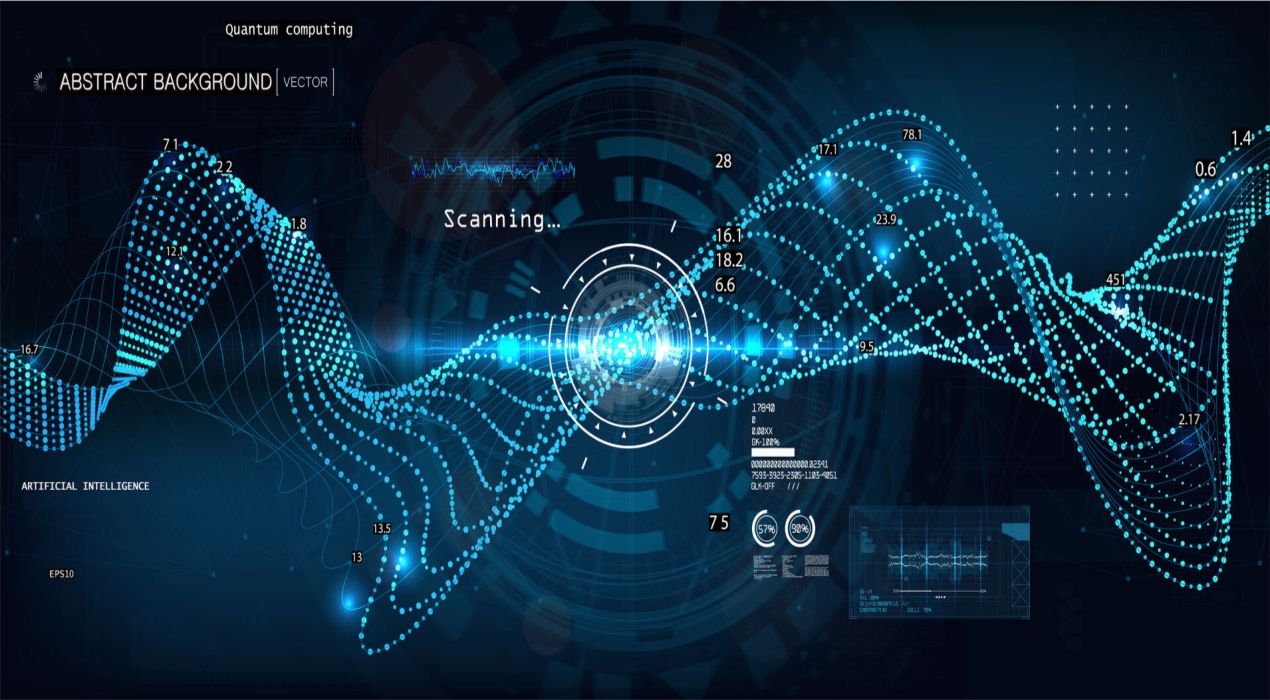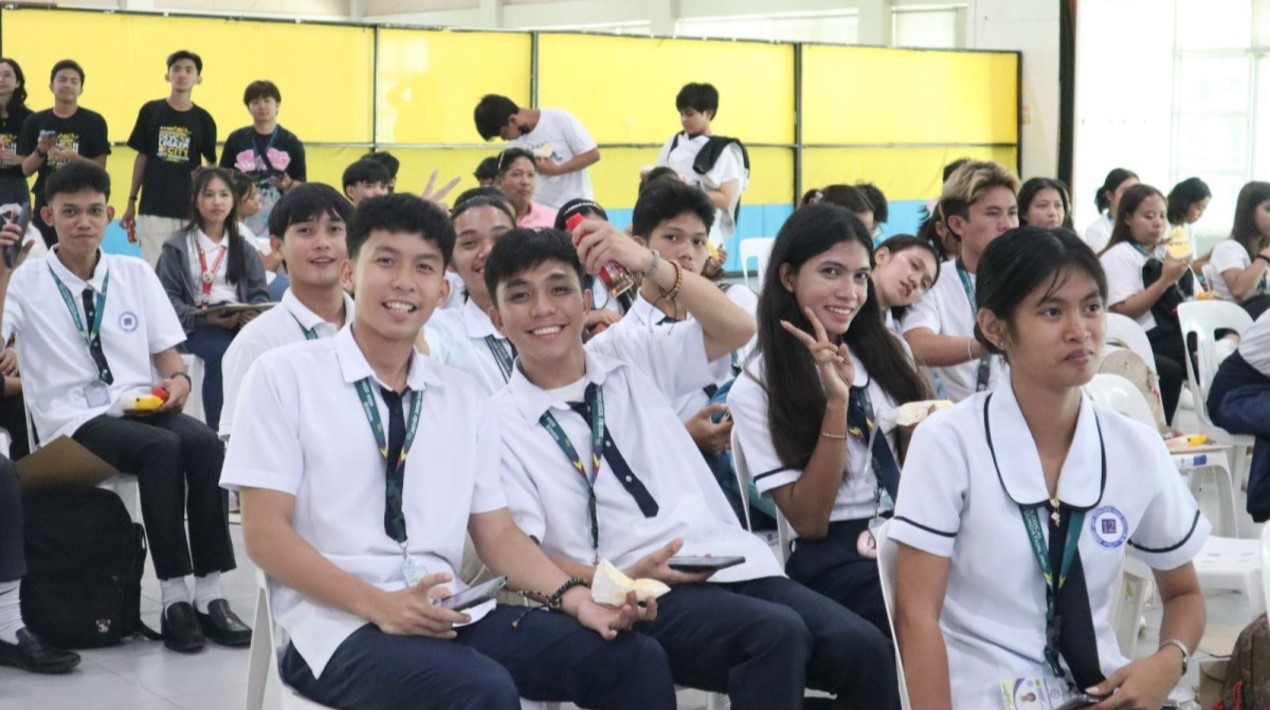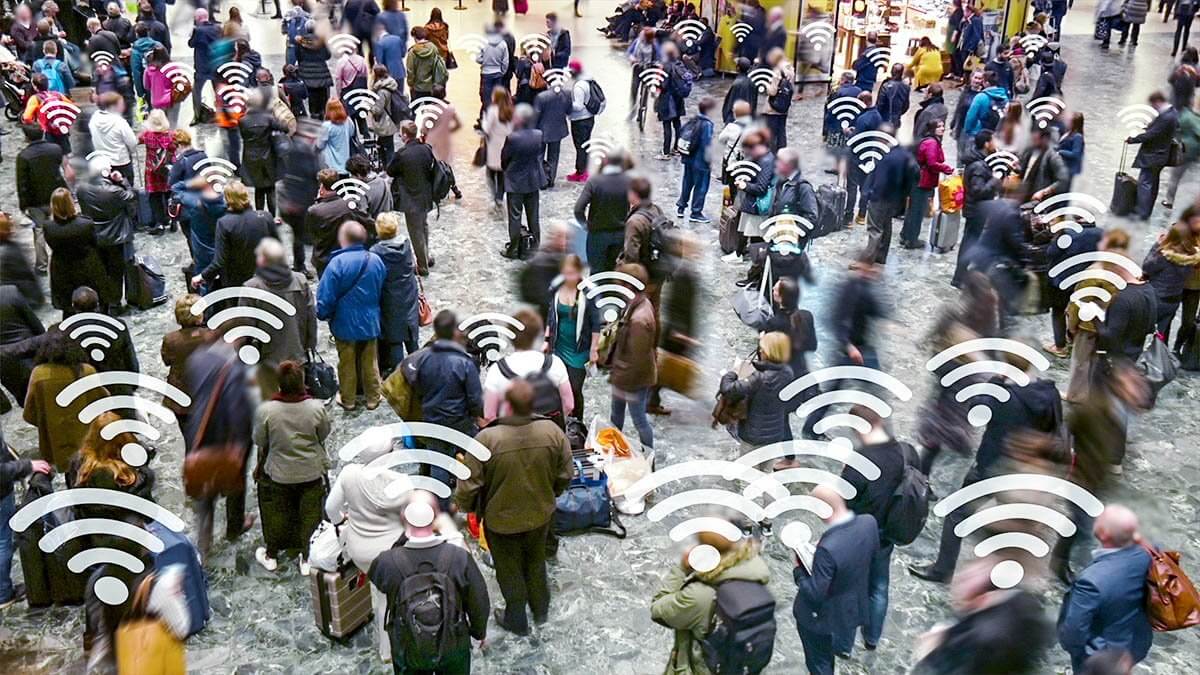
The DBS Foundation Social Impact Prize at the Lee Kuan Yew Global Business Plan Competition (LKYGBPC) will be awarded to the most innovative business plans of start-ups or early-stage ventures that address pertinent urban challenges faced by cities of today.
In addition to the evaluation criteria for the LKYGBPC, qualifying applications for the DBS Foundation Social Impact Prize are also assessed on:
- Clear identification of the social / environmental problem
- Creativity in addressing the identified challenge statement and stakeholders involved
- Ability to measure the social / environmental impact created
- Scalability and sustainability of solution and impact
The award worth SGD 150,000 includes prize money of up to SGD 100,000 and post-competition support, such as:
- Access to DBS Foundation’s capacity building programmes
- Brand awareness and marketing features on DBS Foundation’s website, brand campaigns, media stories etc.
- Use of DBS premises when in Singapore for launch or community events
- Network and connection to DBS Foundation’s social enterprise alumni community and partners
One of the start-ups to be shortlisted this year is SenzIQ Pte Ltd.
OpenGov recently had the opportunity to have a virtual chat with three of its founders Mr Azeem Khan, Mr CH Kong and Professor Rajesh Balan to find out more about their solution, its technology, how their products will improve sustainability, and plans for the future.
Back to where it all began
SenzIQ Pte Ltd has an interesting story, it all began with researchers at the Singapore Management University’s (SMU) LiveLabs Urban Lifestyle Innovation Platform, or LiveLabs for short.
LiveLabs was launched on 5 November 2012 and was funded by the National Research Foundation Singapore and run via the Interactive Digital Media Programme Office.
LiveLabs was conceived as a testbed to trial research prototypes in real-life environments. It ran for seven years, from 2012 until 2019
Among the technologies developed at LiveLabs, the one that received the most traction was the LiveLabs Indoor Location Tracking & Analytics solution, which allows venue operators to conduct indoor analytics of how people move inside indoor spaces using just Wi-Fi.
They have turned data from smartphones, wearable devices and the physical environment into powerful insights using advanced sensor technology and real-time analytics.
The technology from LiveLabs is now entering a new phase, in the form of a new startup founded by Professor Balan to commercialise the technology, called SenzIQ Pte. Ltd. Professor Balan is the former LiveLabs co-director, and is SMU Associate Professor of Information Systems.
Understanding how people move through spaces
Mr CH Kong, CMO of SenzIQ says it has one mission: “help businesses understand how people move through their spaces”.
To do this they can track each individual’s movement across space and time in an indoor location. This data is aggregated to understand how people utilise and move indoors.
SenzIQ is an Indoor Location Tracking & Analytics solution, which allows venue operators to conduct indoor analytics of how people move inside indoor spaces using just Wi-Fi.
The solution provides both retrospective insights, such as heat maps, visit durations and group sizes; and predictive insights, such as the locations they are likely to visit next.
The Technology
The system utilizes the enterprise Wi-Fi networks of businesses to monitor the location of Wi-Fi based devices such as mobile phones and laptops.
The technology uses public Wi-Fi networks to track the location of smartphones in real-time as they move around. The data is fed back to a dashboard that building owners can then use to understand how people interact with the space and manage their operations and logistics accordingly.
The devices are a proxy for the person in most cases therefore tracking the Wi-Fi device provides an insight into the movement of the person carrying that device.
The unique proposition of the technology is that it is a pure software play, and this enables it to work with most enterprise Wi-Fi networks without infrastructure augmentation or modification.
Optimising buildings and office spaces and analysing traffic flow at events
Based on this technology, they have developed two separate products. One deals with space analytics and the other with event analytics.
The space analytics product helps offices understand the usage of key spaces such as meeting rooms, suggests measures to improve the utilization based on actual occupancy and proactively implement approved measures.
“For example, in a university, it is very important to figure out where to put your seminar rooms, meeting rooms and study spaces, and to know whether your meeting rooms are underutilised or over utilised,” Professor Balan said.
The event analytics product helps event organizers study, compare and contrast and run what-if analysis of layouts and movement traffic patterns during events.
Since both products are part of the workflows of the businesses utilizing them, it is expected these products to become a key component in the value.
With the use of these technologies, venue partners such as malls, convention centres, office campuses and airports, will enable businesses to customize and deliver relevant location specific messages to their customers.
This personalized location specific incentives allow customers market leadership through innovative technology driven solutions.
“From our own research and research papers published by Gartner and others, we know this is likely to be a potentially huge market worldwide. Indoor location tracking technologies alone is estimated to be worth USD $12B by 2021.”
“So far the technology has been deployed in major university campuses in Singapore, including SMU, in malls as well as at the Suntec Convention Centre, and at tourist attractions such as the Singapore National Museum and on Sentosa Island”, said Professor Balan Rajesh, Co-Founder, SenzIQ Pte Ltd.
Space optimisation driving sustainability
By analysing the use of public and private spaces, ‘Smart Buildings’ can use these data insights to reduce energy consumption, optimise the functionality of the space and identify opportunities to make the building more productive and efficient. This all leads to creating more sustainable spaces and buildings.
This is an attractive solution to organisations wanting to reduce their carbon footprint, to building developers wanting to reduce costs and create a more sustainable option, and for many existing large premises wanting to better understand how they can use their space more effectively and efficiently.
The next stage
Years of research has been done, many many years of expertise has been invested into the technology, the products and now starting the business – the next stage now is to accelerate the solution to market.
With the HSBC-SMU Sustainability & Innovation Grant, the funding can be used to do just that – fast track the SenzIQ journey to developing their sustainable solution and business model.







